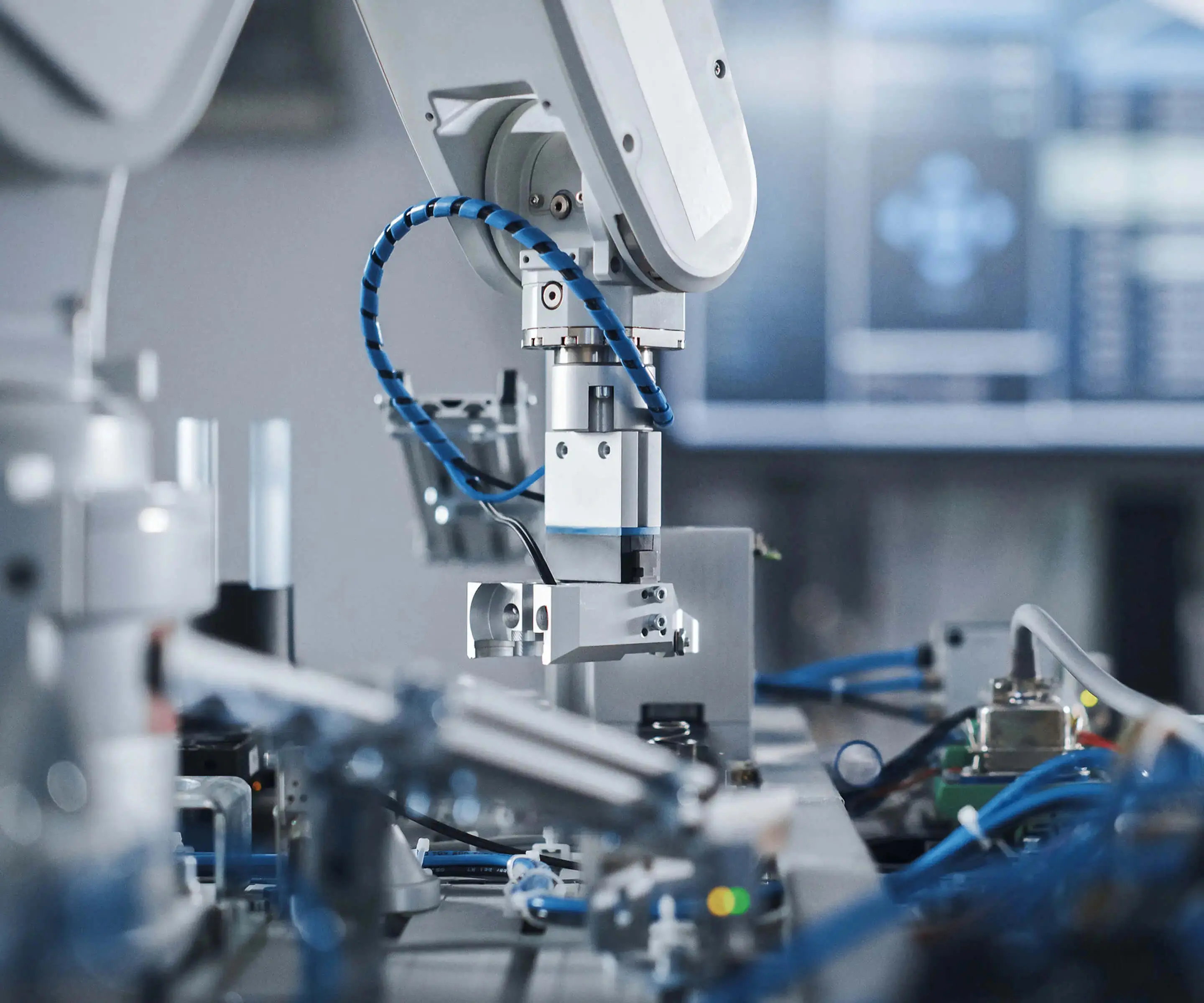Ever wondered what makes a difference between microservices and web services? It's a question that pops up quite often in tech circles, and honestly, there’s more to it than just buzzwords. Let’s unravel some of that mystery without getting bogged down in jargon or boring definitions.

Imagine you’re building a giant Lego city. Each building is a piece of your application. Now, microservices are like tiny, self-contained Lego buildings—independent, with their own doors, windows, and power supplies. They’re designed to do one specific thing, but do it really well. Want a bakery? Great, just snap on a bakery piece and keep your city running smoothly. If one building gets damaged or needs to upgrade, you don’t have to tear down the whole city—you just fix or replace that one part. That’s the beauty of microservices—they’re granular, flexible, and resilient.
Web services, on the other hand, are more like the roads connecting all these Lego buildings. They’re the bridges, the API calls, the message carriers that allow these tiny units to talk to each other over the internet. They follow standards—think SOAP, REST—and serve as the interoperable layer between different systems. So, if microservices are the Lego structures, web services are the roads that let them communicate.
But here’s a fun way to think about it: if microservices are like mini businesses, then web services are the delivery trucks that ferry information back and forth. They’re integral to creating an ecosystem that’s flexible and scalable—yet, they operate on different levels. Microservices are about how your system is built, and web services are about how pieces communicate.
Now, why does it matter? Well, deploying a system with microservices means more agility. You can upgrade a single microservice without shutting down the whole operation—like swapping out a broken door without demolishing the entire building. Web services ensure your microservices aren’t isolated islands but part of a larger, connected network.
In a practical sense, say your app needs to handle user authentication, shopping cart, and product catalog. You could split these functions into separate microservices. Want to scale user login capacity? Do it without touching your catalog. Then, web services kick in—returning data, updating status, making sure everything syncs up. It’s about creating a modular approach, where each part does its thing but is still part of the bigger picture.
So, in the end, microservices and web services are not interchangeable terms—they’re parts of a larger puzzle. Microservices are the building blocks, designed for independence, while web services are the communication veins that connect those blocks. When you get the hang of it, building anything from a basic website to a complex cloud-native app becomes way smoother.
Thinking about adopting these? Wonder no more—this combo is what powers some of the coolest, most scalable software out there today. It’s not just tech talk; it’s the foundation of modern digital strategy.
Established in 2005, Kpower has been dedicated to a professional compact motion unit manufacturer, headquartered in Dongguan, Guangdong Province, China. Leveraging innovations in modular drive technology, Kpower integrates high-performance motors, precision reducers, and multi-protocol control systems to provide efficient and customized smart drive system solutions. Kpower has delivered professional drive system solutions to over 500 enterprise clients globally with products covering various fields such as Smart Home Systems, Automatic Electronics, Robotics, Precision Agriculture, Drones, and Industrial Automation.




































